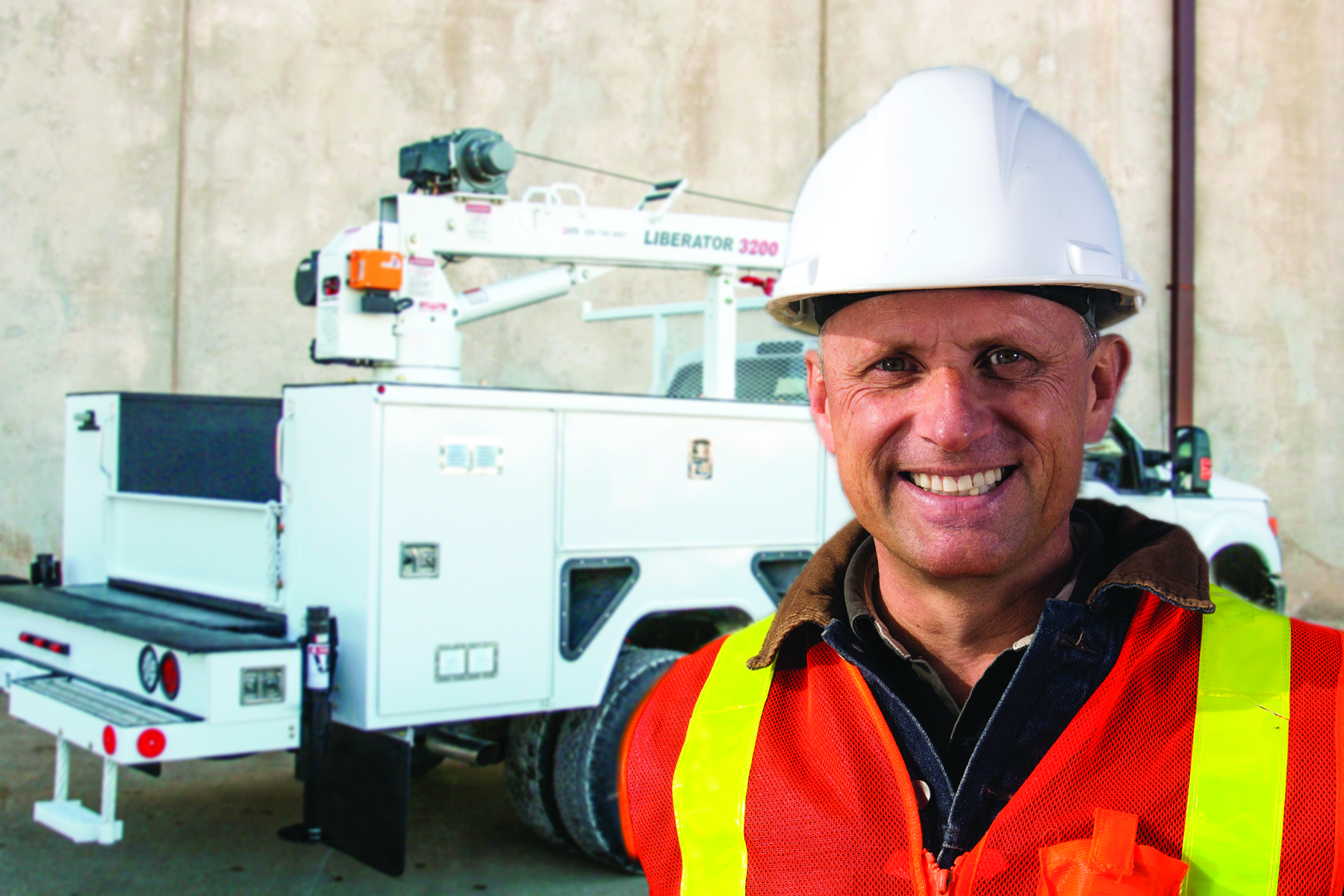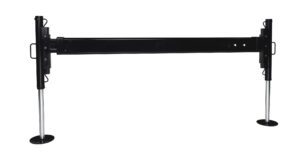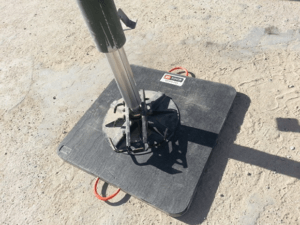
04 Oct Outrigger Safety 101, What Every Work Truck Operator Needs to Know
Every day, Power-Packer hydraulic outrigger systems help employees work smarter, safer and more efficiently. Specifically designed for work truck application, our customizable outrigger systems securely stabilize trucks and provide safer working conditions for operators, while protecting an employer’s or customer’s valuable assets.
Truck mounted cranes provide essential services to many businesses in a variety of industries. When used improperly, they also open the door to serious safety issues. In fact, OSHA reports that 80 percent of crane upsets, or tipping over, can be traced to human error when the operator exceeds the crane’s lifting capacity. And over 50 percent of these upsets are due to the improper use of outriggers.
It is critical that truck mounted crane operators consistently put safety first and are fully trained in how to use outriggers to safely operate a crane. While there is a great deal more to learn, the following provides some basic guidance.
What to know
When you operate a crane truck, you also operate hydraulic or manual outriggers. Outriggers keep your truck stable during any kind of lift by extending outward and making contact with the ground several feet away from the truck. This provides a solid, stable base by distributing the crane’s load over a larger area.
Types of outriggers
There are two primary styles of hydraulic outriggers. A typical “H style” system contains these standard components:
- Two stabilization legs
- Center tube
- Pump and manifold assembly
- Control panel
- Wiring harnesses, hoses, and connectors
The legs are proportionately sized to provide the necessary support for each particular truck’s design and lifting capacity. Legs can be square or round, and both work equally well.
Hydraulic outriggers may also be designed in an “A frame” style, where instead of extending out and down like an H-style, they extend down at an angle. A-frame outriggers may be installed behind the cab of the truck, while H-style outriggers are often at the rear of the truck. Both styles are acceptable for stabilizing crane trucks.
Operator training and understanding
When operating a crane truck, outriggers are the key to stability and must always be used. All operators must read and fully understand the manufacturer’s instructions and know exactly how to extend the outriggers on their particular truck. It is critical that no one ever attempts to lift until the outriggers are extended and in proper position. Operators should always practice in a safe setting and be confident in their knowledge and ability prior to lifting a load in a work situation where people could be injured or equipment damaged.
Enforce operator compliance
Even the best-trained operators can have a shortsighted moment or be in a hurry to finish a job and forget to extend or retract outriggers. To help prevent this from occurring, safety protocols must always be in place and an organization should strive to build a culture that demands complete compliance to safety requirements. Hydraulic outriggers can help improve operator compliance as they make it far easier to extend and retract outriggers than using a manual system.
Added safety features
Position sensing and interlocks can help prevent accidents and injuries. Some outriggers have this type of sensing system built into the truck with a warning light in the cab to prevent crane operation if outriggers are not fully extended, or to prevent a truck from driving off if outriggers are not properly stowed.
Proper usage
Outrigger feet must be in full contact with stable, flat ground for safe lifting. Outrigger pads should be used under the feet to ensure a stable surface for the outriggers to sit. Outrigger pads are available from a variety of suppliers in different materials and sizes. If the outrigger foot is positioned on ground that is soft or otherwise unstable, the foot can sink into the ground, causing the truck to become unstable.
Partial vs. full deployment
Note that some manufactures provide stability charts for partially deployed outriggers. In these instances, it is acceptable to follow those instructions and partially deploy the outriggers. However, if no such instructions exist, outriggers should be deployed fully for all lifts.
Choose Power-Packer for your outrigger needs
Power-Packer offers a range of custom options, manufactured to ISO9001 standards, to meet your exact outrigger needs and help keep your operators safe. Options include a 12V (or 24V) electric/hydraulic pump and touchpad control, hydraulic stabilizing legs with dual pilot-operated check valves, and a long power-out cylinder for consistent, fast outrigger extension and retraction. We can also supply the wire harnesses, hoses and accessories needed — making installation simple and fast.
Contact us now to determine the best hydraulic outrigger systems for your organization.


